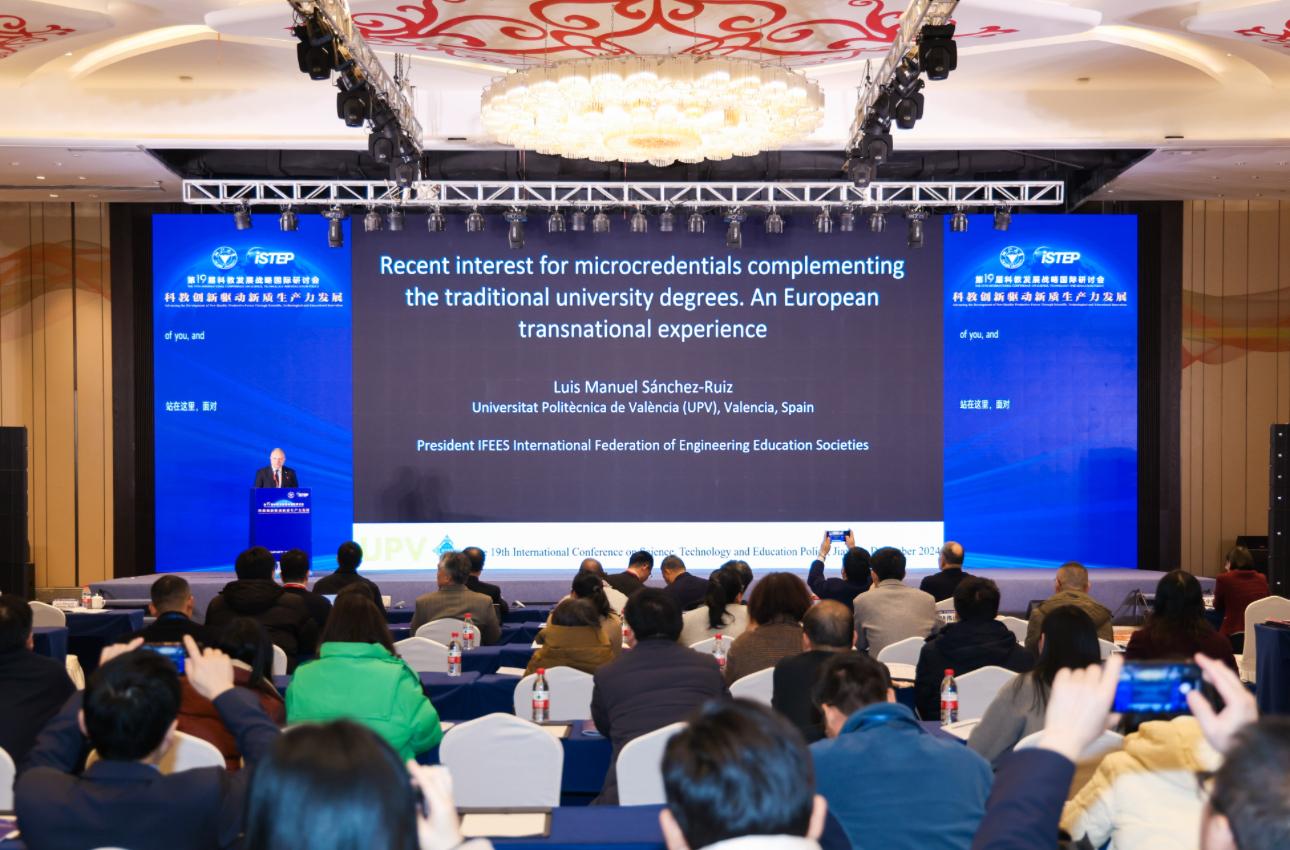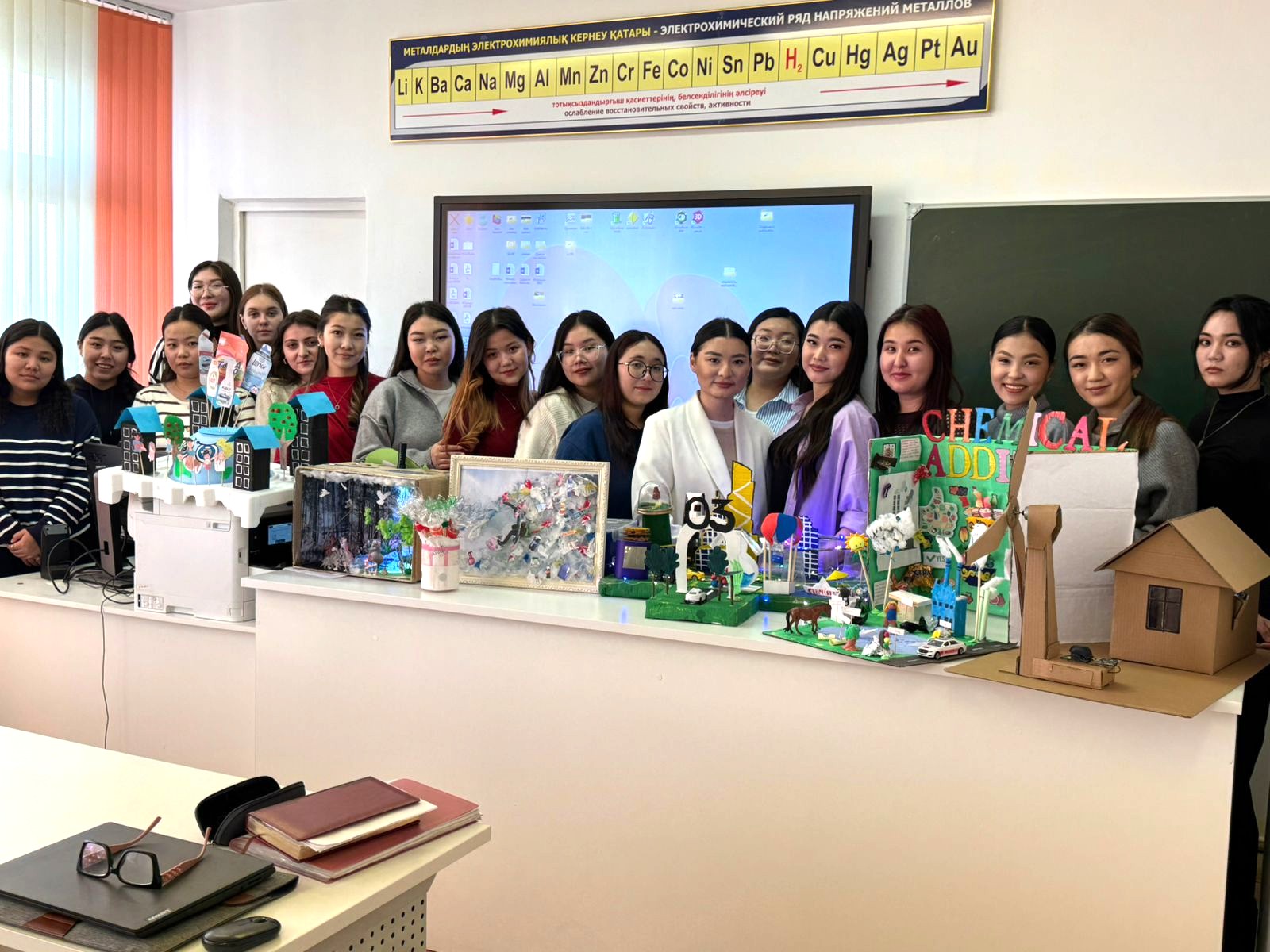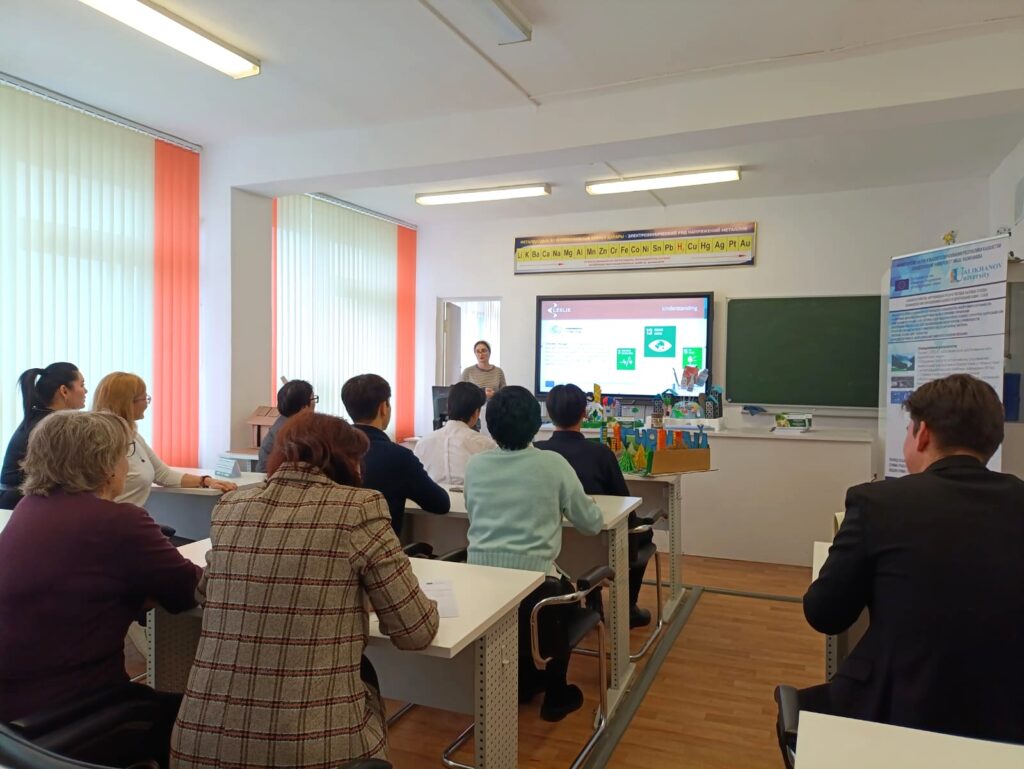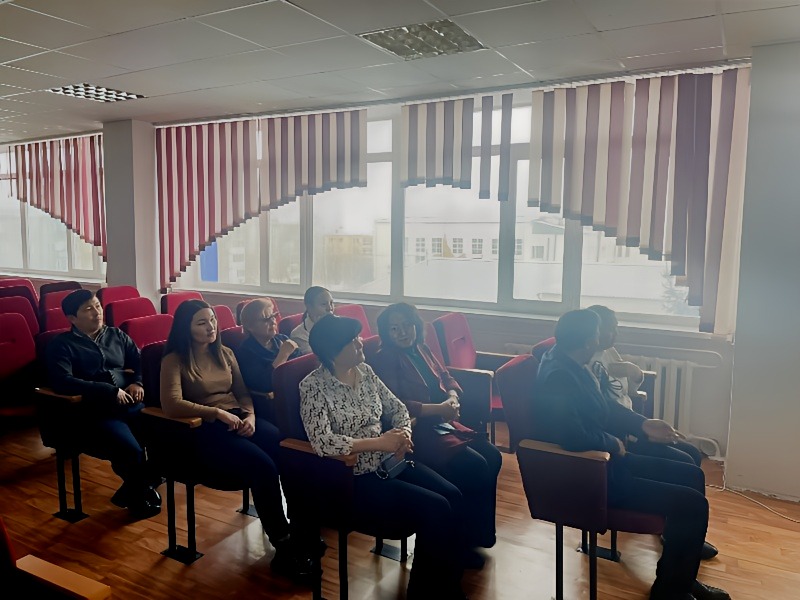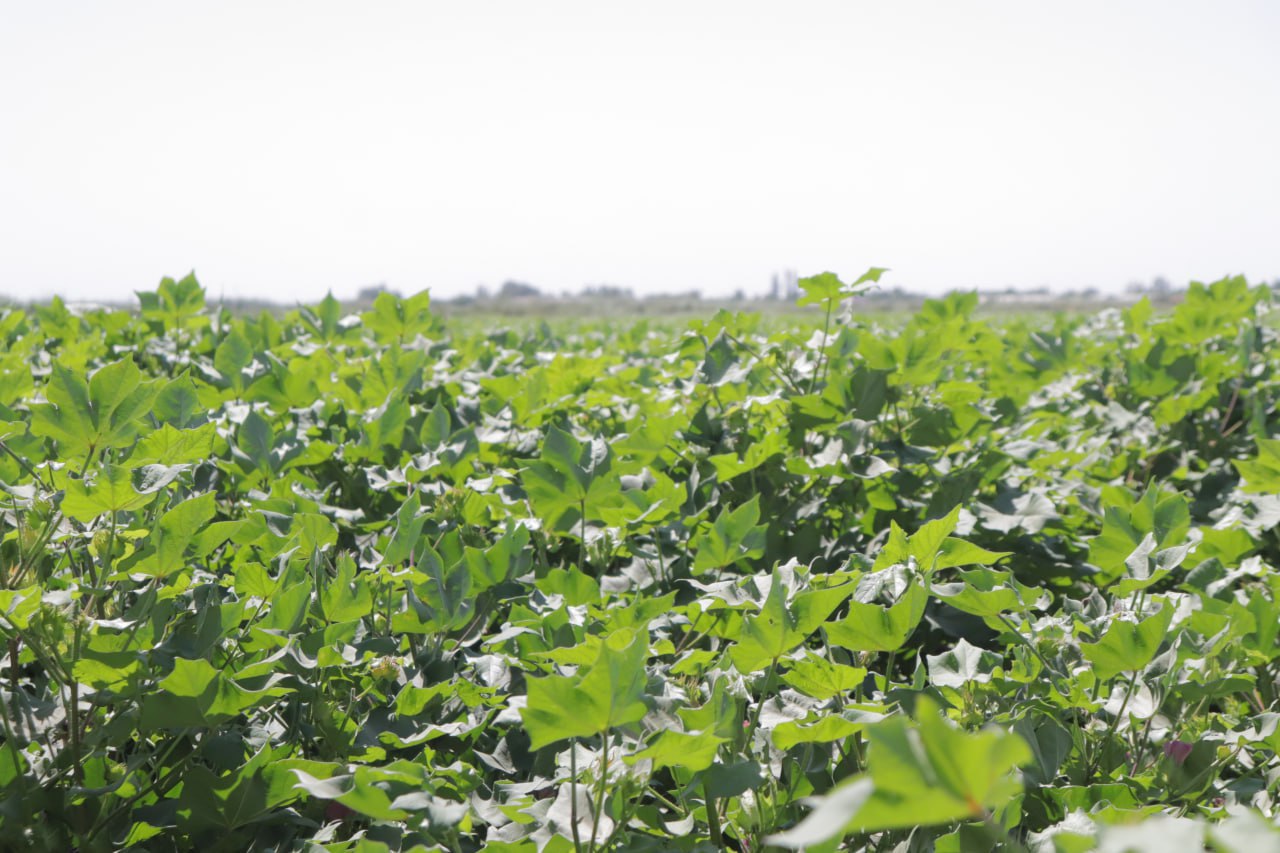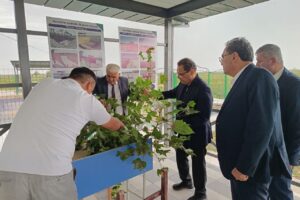LESLIE Project Presented During Round Table Celebrating 20 Years of Biotechnology at Ualikhanov University
On April 10, 2025, Ualikhanov University hosted a round table to mark two significant milestones: the 20th anniversary of the university’s Biotechnology program and the 85th birthday of esteemed Professor O. Aimakov, a founding member of the Department of Chemistry and Biotechnology. The event served both as a commemoration of past achievements and as a platform for discussing the department’s future priorities in research and education.
The round table brought together faculty members, students, and invited guests from academic and scientific institutions. The program included a series of reflective talks on the evolution of the Biotechnology program, research highlights from recent years, and strategic discussions on curriculum modernization in the context of global scientific and technological change.

As part of the academic session, Ms. Khava Yevloyeva delivered a focused presentation on the LESLIE project (Leveraging Education for Sustainable Land and Innovation in Europe and Central Asia). Her presentation introduced the main goals of the project—enhancing institutional capacity in higher education systems, developing interdisciplinary learning pathways, and supporting sustainable land management (SLM) through applied research and innovation.
Ms. Yevloyeva outlined the project’s key achievements to date, including:
- The development of specialized training modules in land degradation neutrality and SLM practices;
- The establishment of academic-industry collaboration frameworks;
- Progress in creating the SLM International Hub as a knowledge-sharing and coordination mechanism across participating countries.
Her presentation generated considerable interest, particularly among students from the Biotechnology and Chemistry programs. Many attendees expressed enthusiasm for the interdisciplinary nature of the project, noting the growing importance of integrated environmental management in biotechnological applications—ranging from soil microbiome restoration to sustainable bioresource development.
 A highlight of the discussion was the SLM International Hub, which was introduced as a dynamic platform aimed at fostering collaborative research, academic mobility, and joint innovation projects between universities, research centers, and stakeholders from Europe and Central Asia. Questions from the audience reflected a strong desire to understand how students and early-career researchers can actively engage with the Hub’s initiatives, including internships, research fellowships, and participation in pilot case studies.
A highlight of the discussion was the SLM International Hub, which was introduced as a dynamic platform aimed at fostering collaborative research, academic mobility, and joint innovation projects between universities, research centers, and stakeholders from Europe and Central Asia. Questions from the audience reflected a strong desire to understand how students and early-career researchers can actively engage with the Hub’s initiatives, including internships, research fellowships, and participation in pilot case studies.
The round table concluded with a shared commitment to strengthening interdisciplinary education and reinforcing the role of universities as key drivers of regional sustainability. The event not only celebrated a rich legacy of academic excellence but also showcased how forward-looking projects like LESLIE are shaping the future of science and education in Kazakhstan and beyond.
Further information can be found here: https://www.shokan.edu.kz/en/news/10-aprelya-2025-goda-v-kokshetauskom-universitete-imeni-sh-ualihanova-v-ramkah-utverzhdyonnogo-plana-meropriyatij/

 The seminar featured a presentation by Professor R.N. Nurdillayeva titled “Features of the LESLIE International Erasmus+ Project.” LESLIE (Land Management, Environment & Solid-Waste: Inside Education and Business in Central Asia) is an innovative Erasmus+ initiative aimed at strengthening higher education capacity in environmental science, sustainable land use, and solid waste management across Central Asia.
The seminar featured a presentation by Professor R.N. Nurdillayeva titled “Features of the LESLIE International Erasmus+ Project.” LESLIE (Land Management, Environment & Solid-Waste: Inside Education and Business in Central Asia) is an innovative Erasmus+ initiative aimed at strengthening higher education capacity in environmental science, sustainable land use, and solid waste management across Central Asia.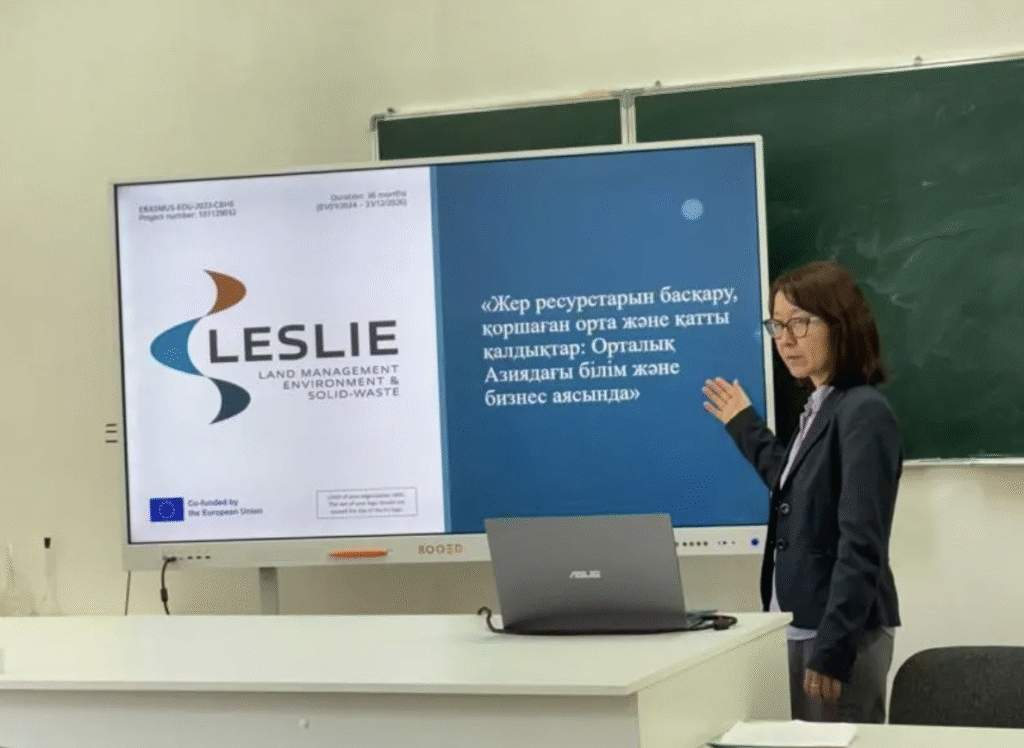

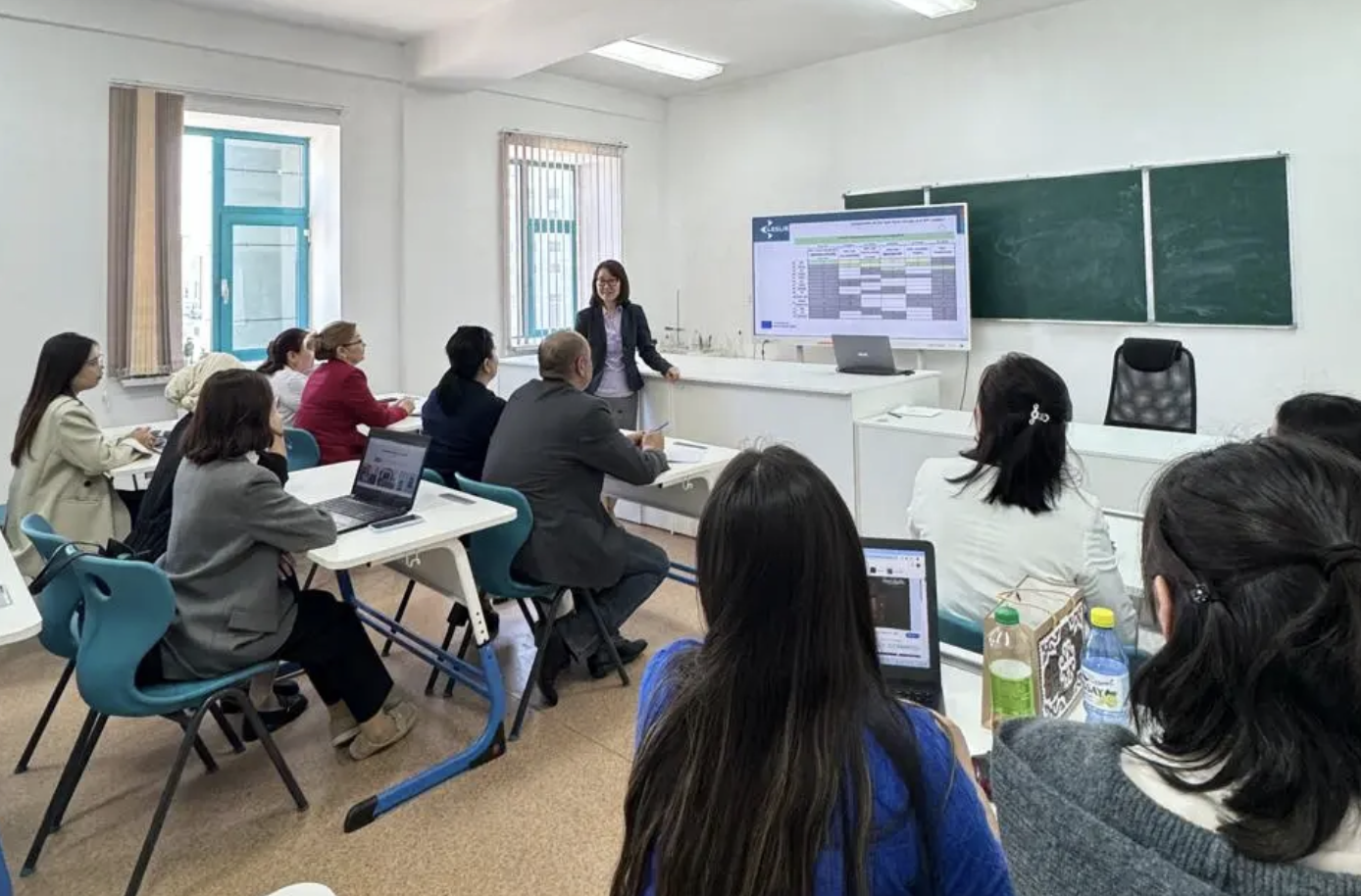
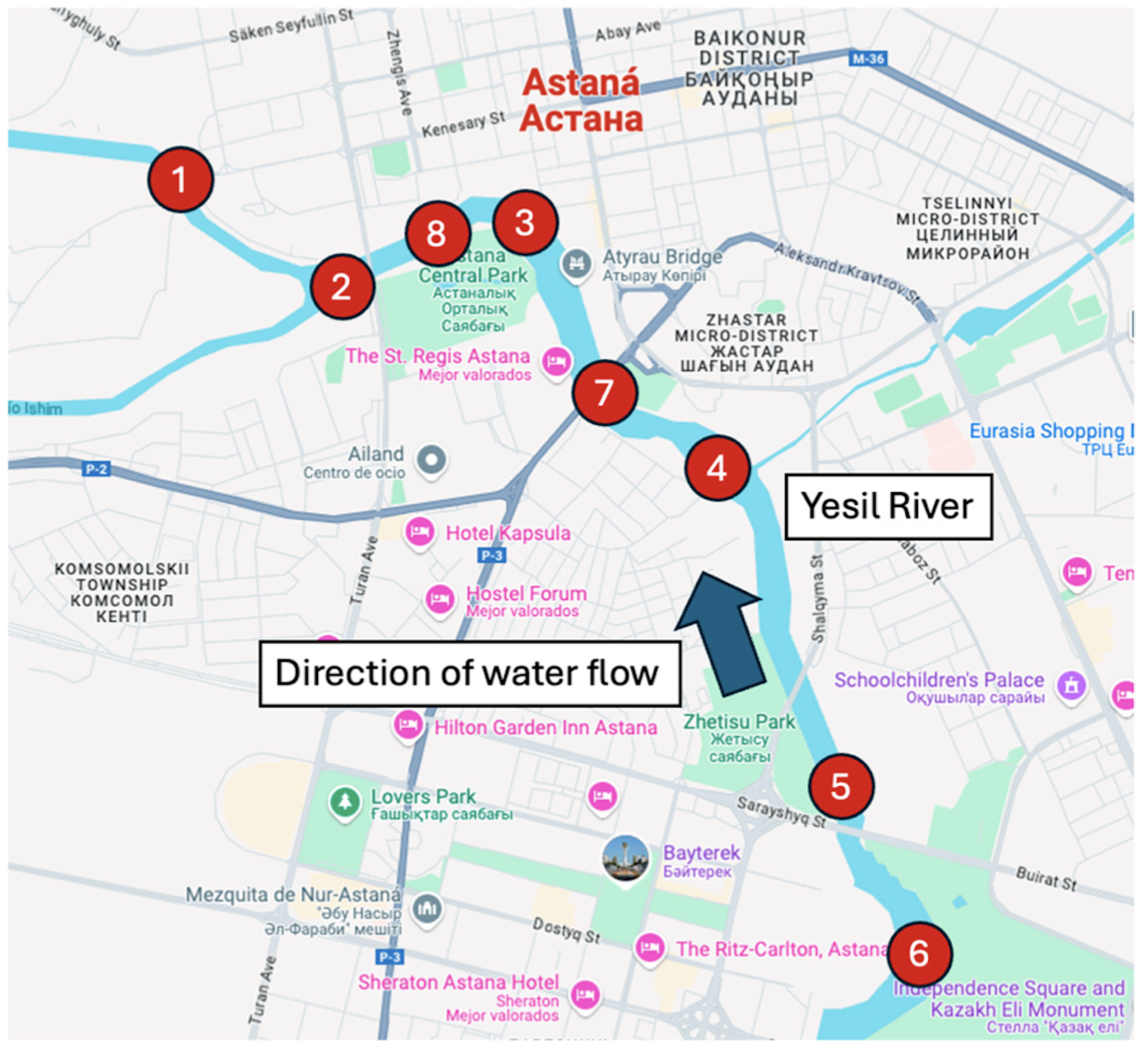
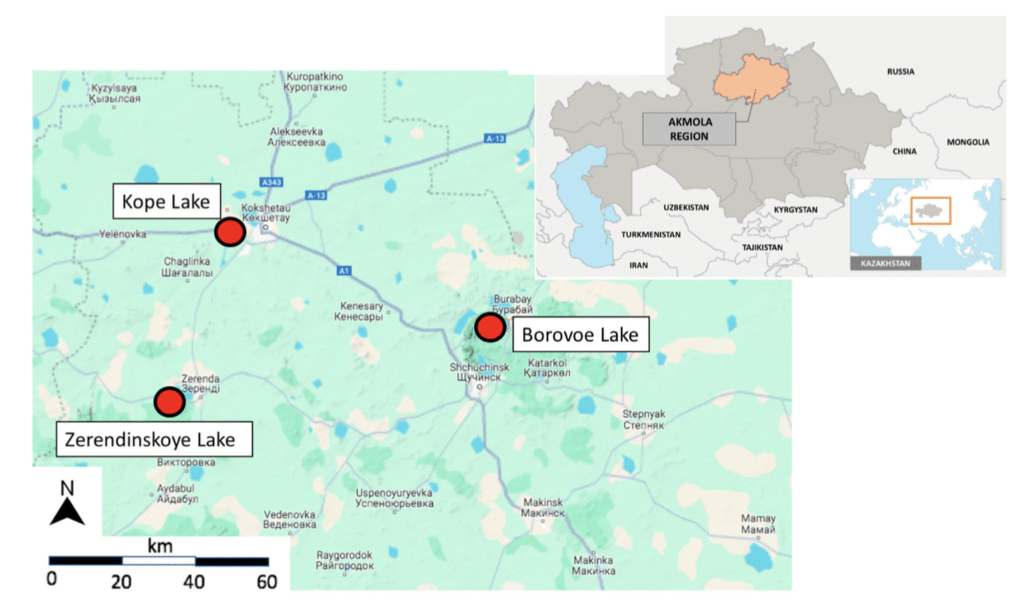

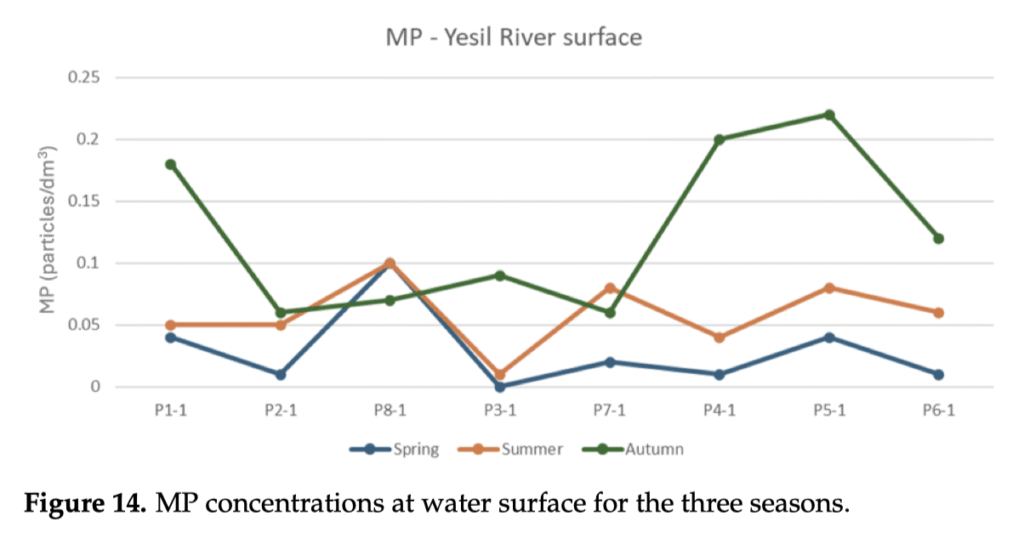
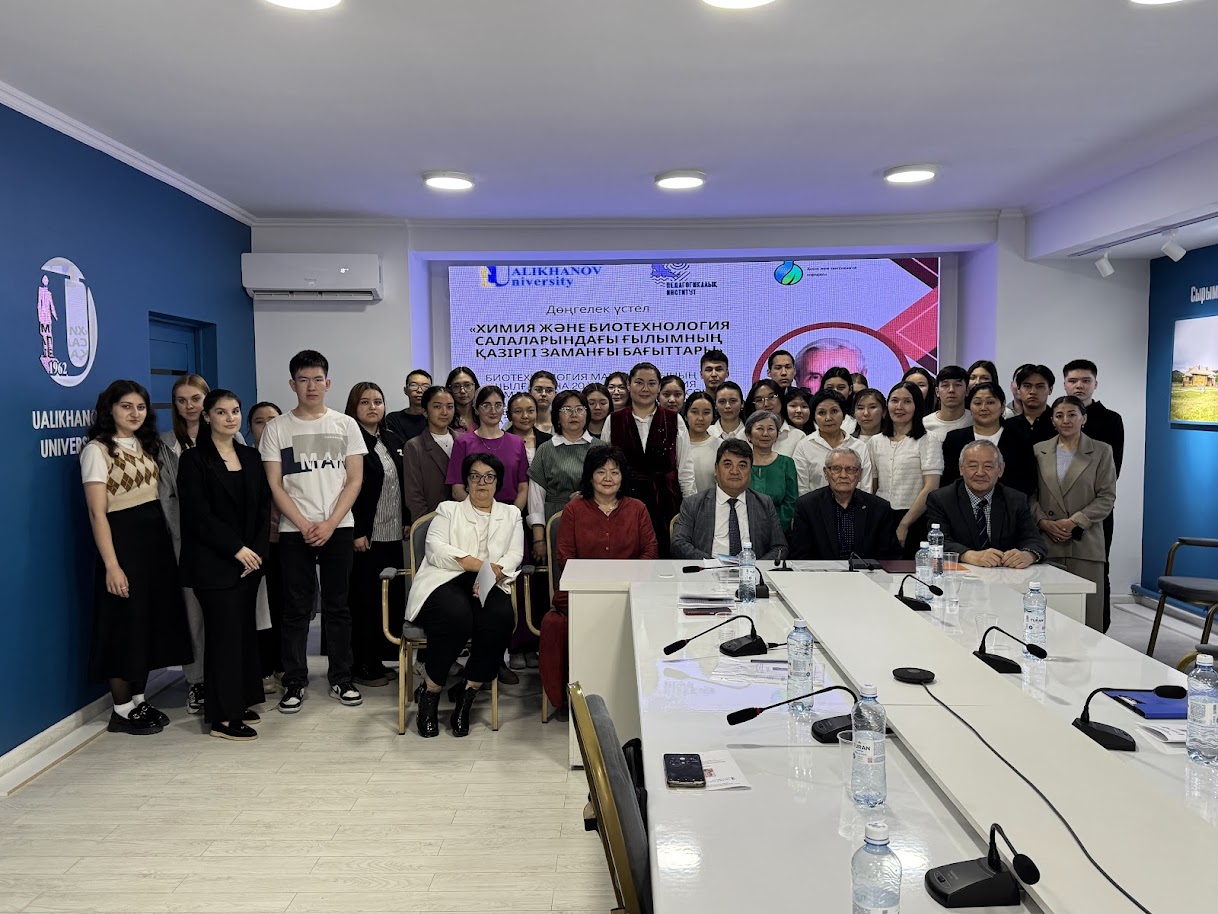
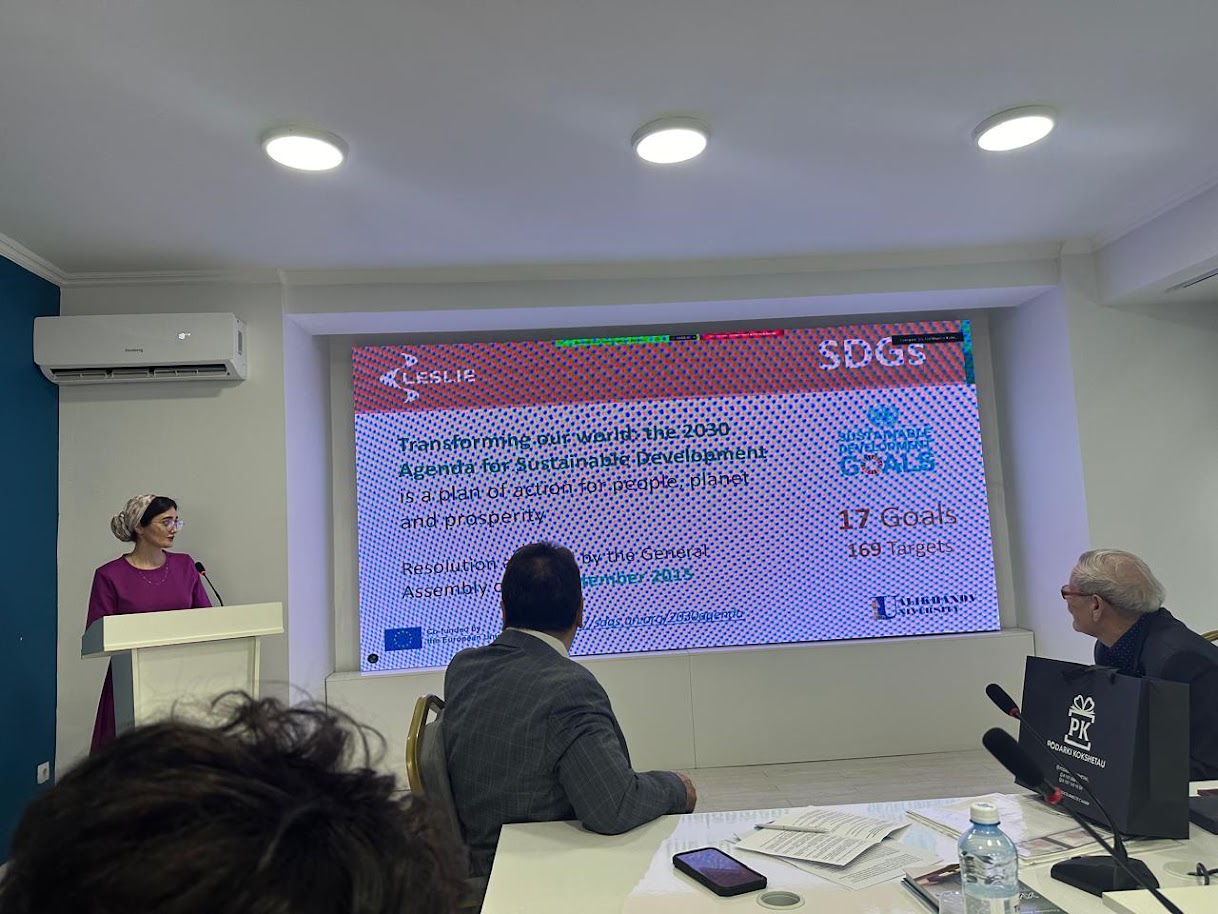 A highlight of the discussion was the SLM International Hub, which was introduced as a dynamic platform aimed at fostering collaborative research, academic mobility, and joint innovation projects between universities, research centers, and stakeholders from Europe and Central Asia. Questions from the audience reflected a strong desire to understand how students and early-career researchers can actively engage with the Hub’s initiatives, including internships, research fellowships, and participation in pilot case studies.
A highlight of the discussion was the SLM International Hub, which was introduced as a dynamic platform aimed at fostering collaborative research, academic mobility, and joint innovation projects between universities, research centers, and stakeholders from Europe and Central Asia. Questions from the audience reflected a strong desire to understand how students and early-career researchers can actively engage with the Hub’s initiatives, including internships, research fellowships, and participation in pilot case studies.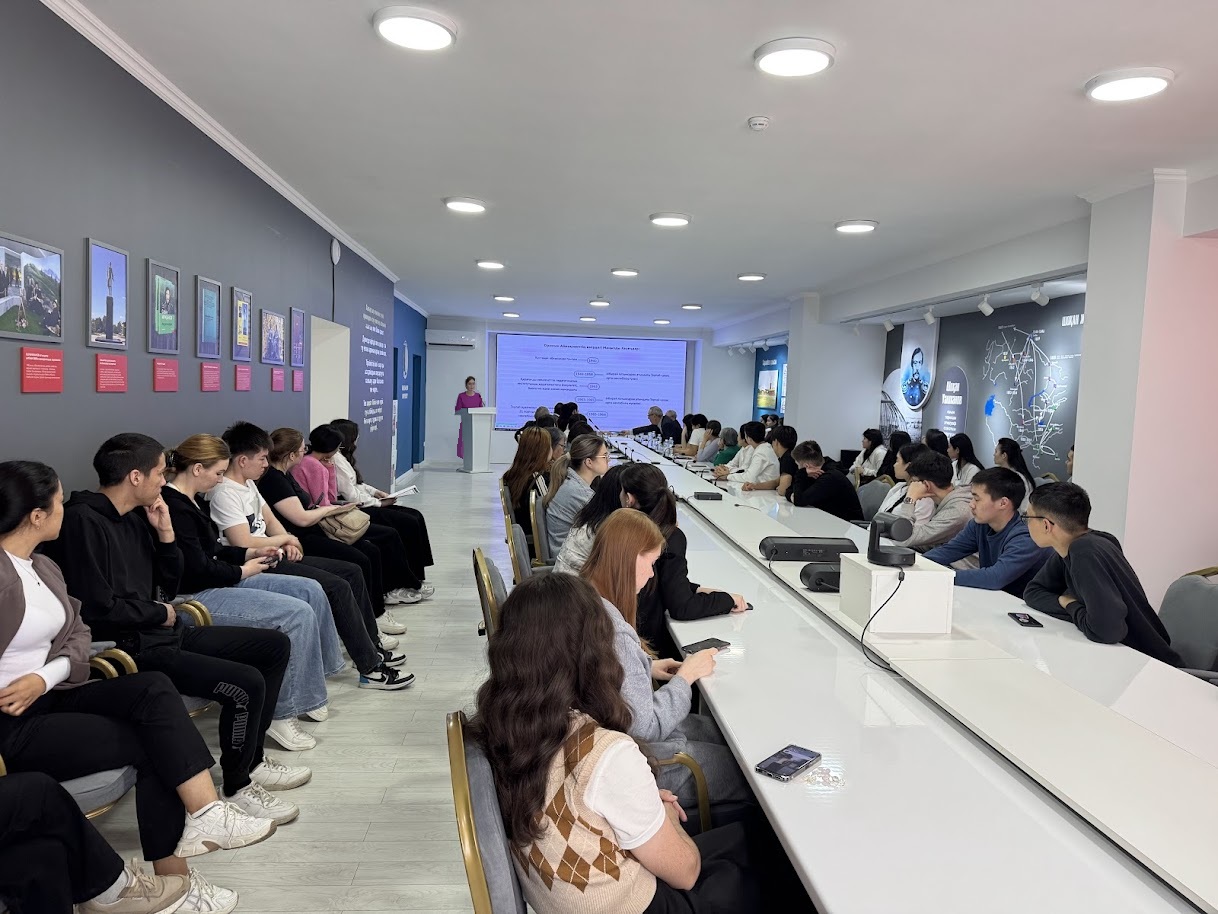
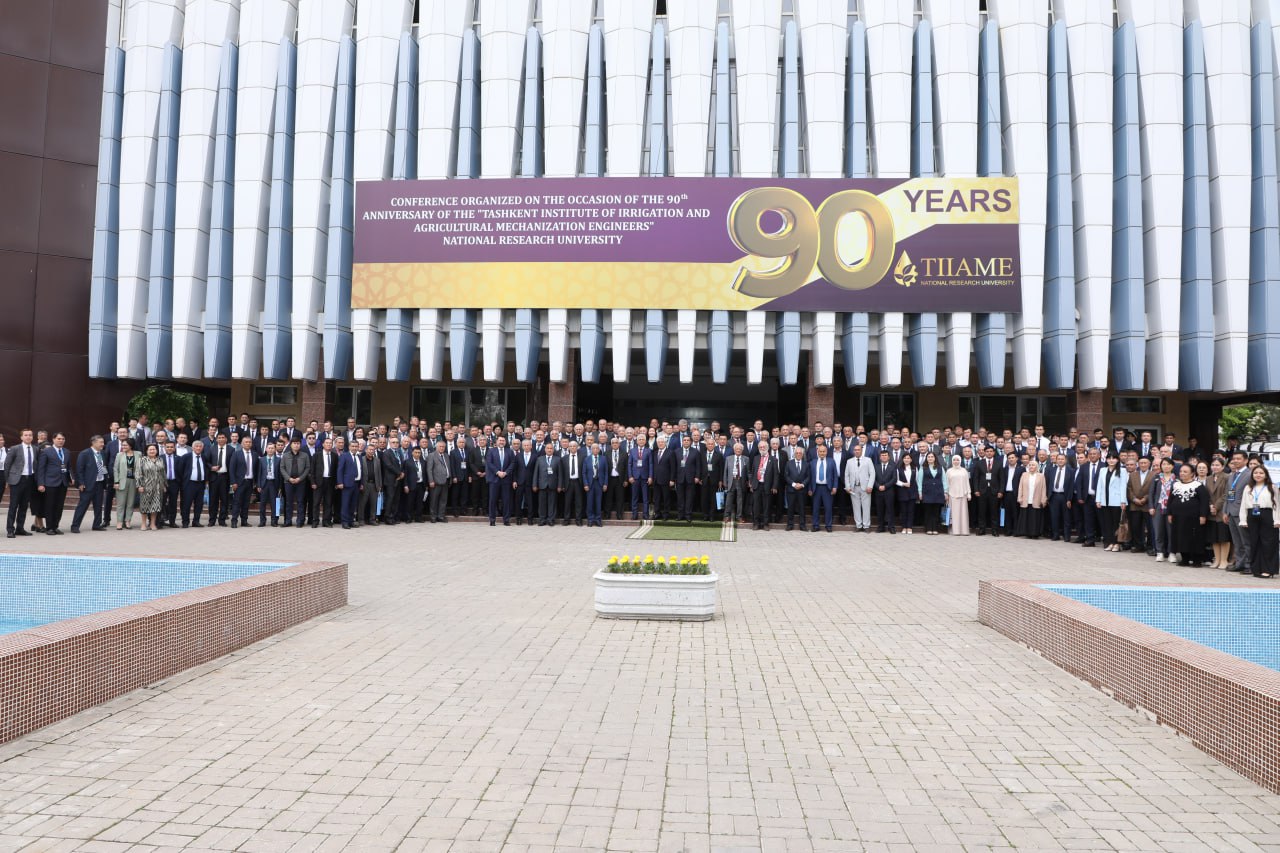
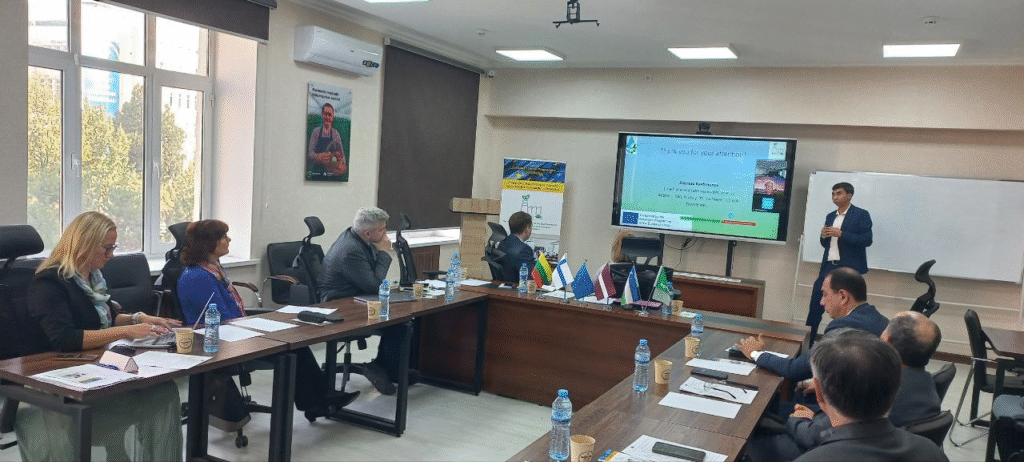


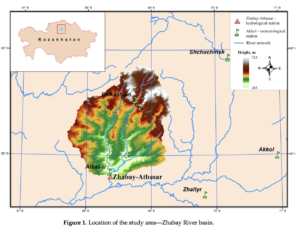
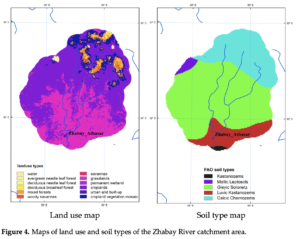
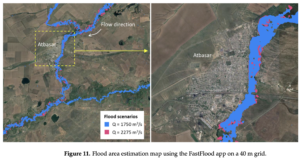

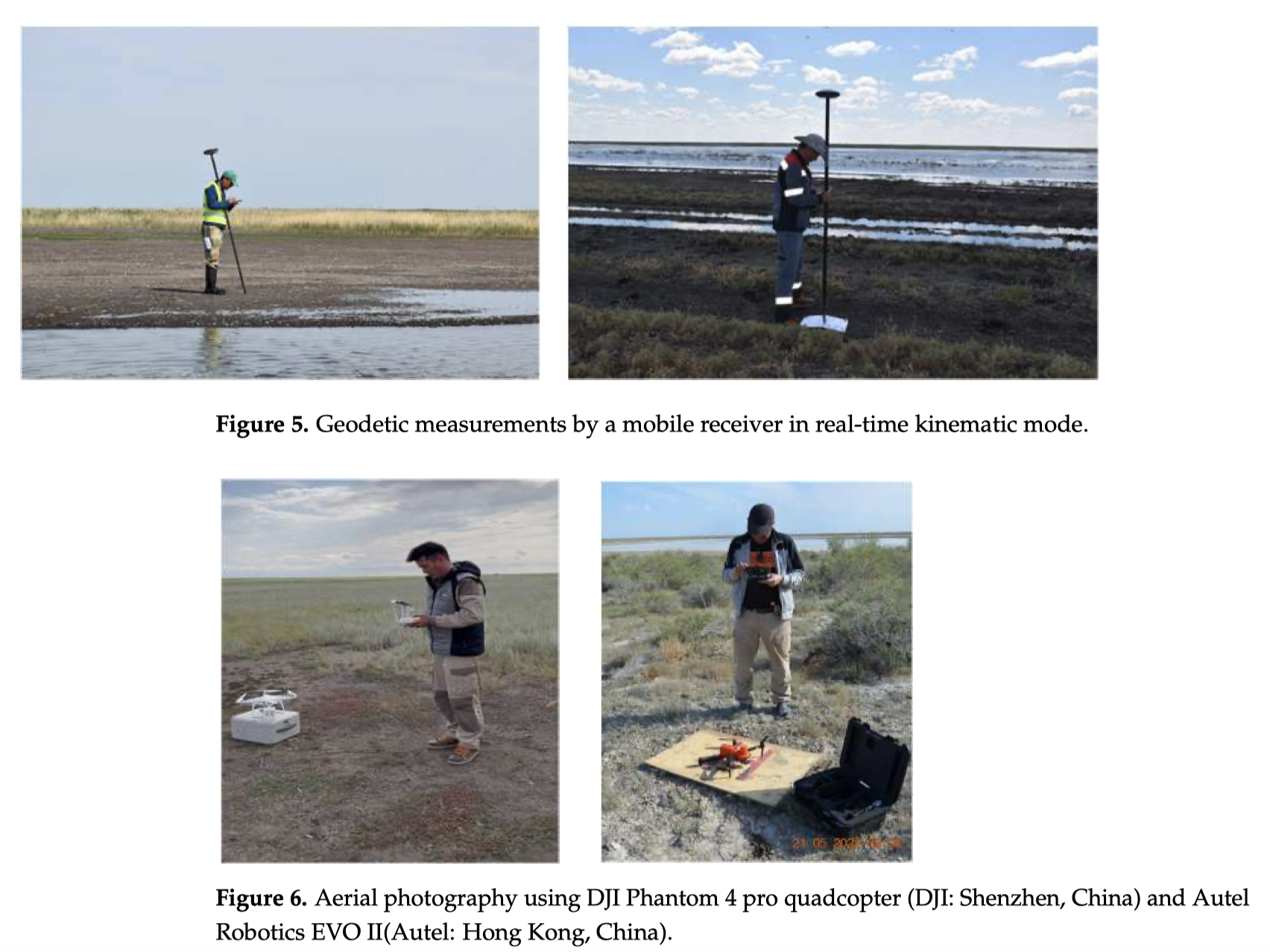
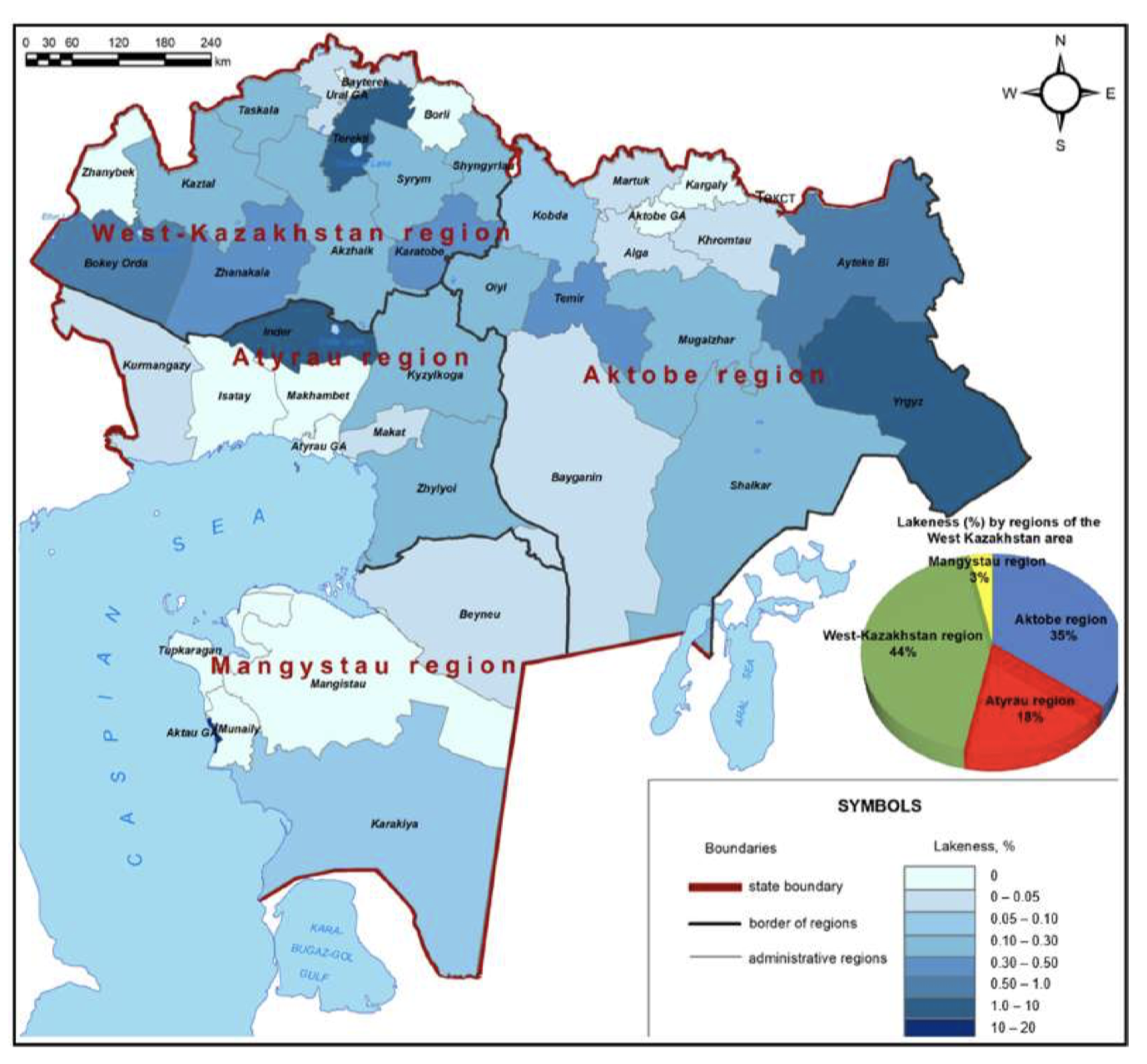 The most significant decline was observed in the Atyrau and Mangystau Regions, where the number of such lakes diminished by a factor of three. These findings highlight the pressing need for an integrated, interdisciplinary approach to water resource management in Western Kazakhstan.
The most significant decline was observed in the Atyrau and Mangystau Regions, where the number of such lakes diminished by a factor of three. These findings highlight the pressing need for an integrated, interdisciplinary approach to water resource management in Western Kazakhstan.